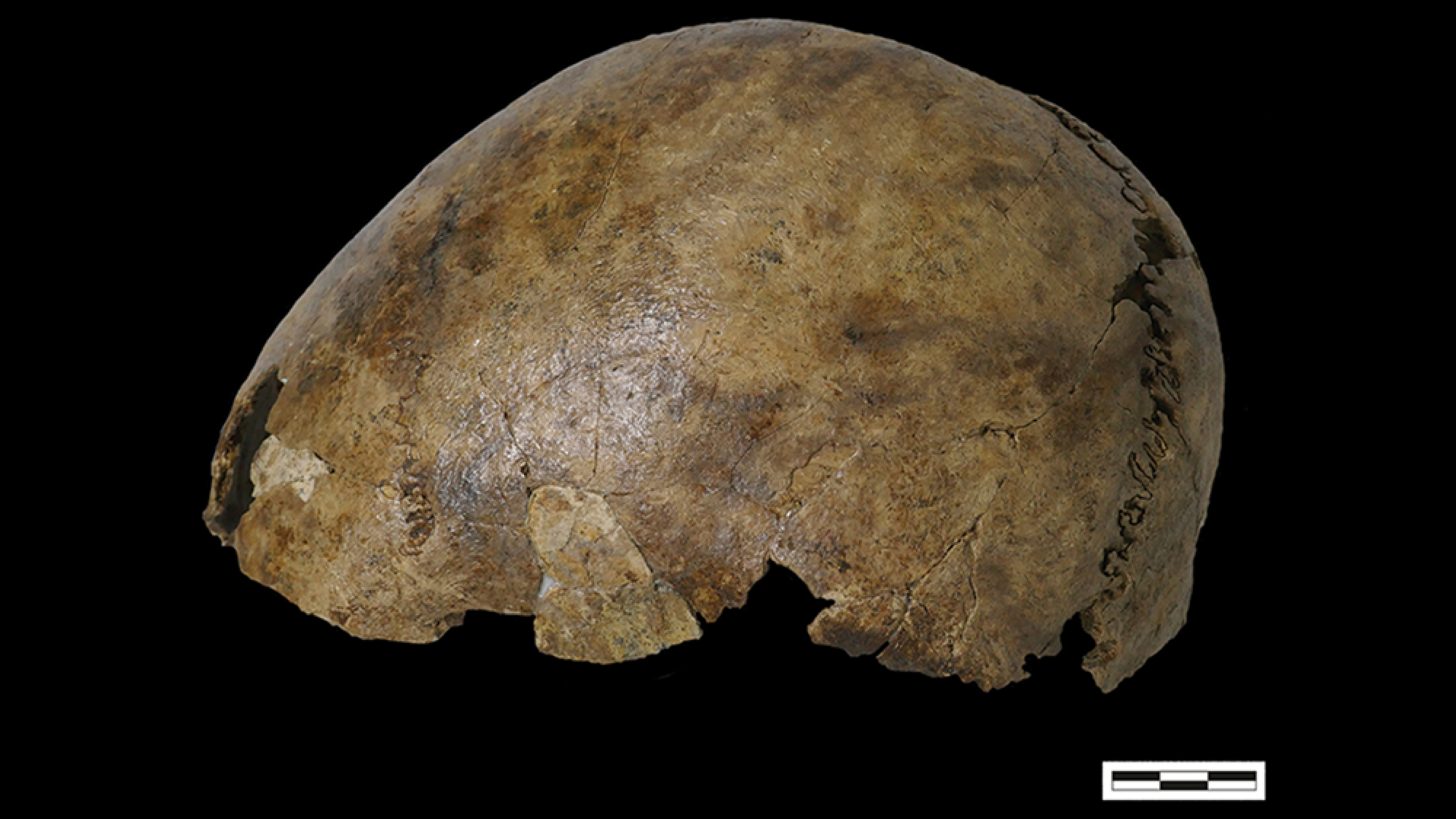Plants, Vol. 12, Pages 2254: Quality and Phytochemical Composition of Sweet Cherry Cultivars Can Be Influenced by Altitude
Plants doi: 10.3390/plants12122254
Authors: Diana Nacouzi Rim Masry Walid El Kayal
Sweet cherries (Prunus avium L.) are among the most important stone fruits in Lebanon. They are harvested between May and July; however, the introduction of new early varieties in low and medium altitudes (500–1000 m) and late varieties in higher altitudes (1800–2200 m) along with postharvest technologies can extend harvesting season. In this study, physicochemical characteristics along with total phenolic content, total anthocyanin content, and antioxidant activity of the most commercial cherry cultivars were evaluated at different altitudes to determine optimum harvesting time. Findings indicated that some varieties, such as “Teliani” and “Irani”, are more significantly impacted by altitude than the other varieties in terms of maturity indices. Duration of fruit development was prolonged with altitude, and in most instances, higher fresh weights and sizes were observed; however, fruit firmness decreased. While total phenolic content (expressed as gallic acid equivalent) did not significantly vary between varieties, the antioxidant activity (FRAP and DPPH assays) showed the lowest value in “Banni” and the total anthocyanin content showed the highest levels in “Irani” and ”Feraouni” and the lowest in “Mkahal” and “Banni”. Furthermore, total phenolic content and reduction of ferric complex (FRAP) were interestingly influenced by geographical locations, in contrast to total anthocyanin content and radical scavenging activity (DPPH) which were unaffected.

 1 year ago
47
1 year ago
47


